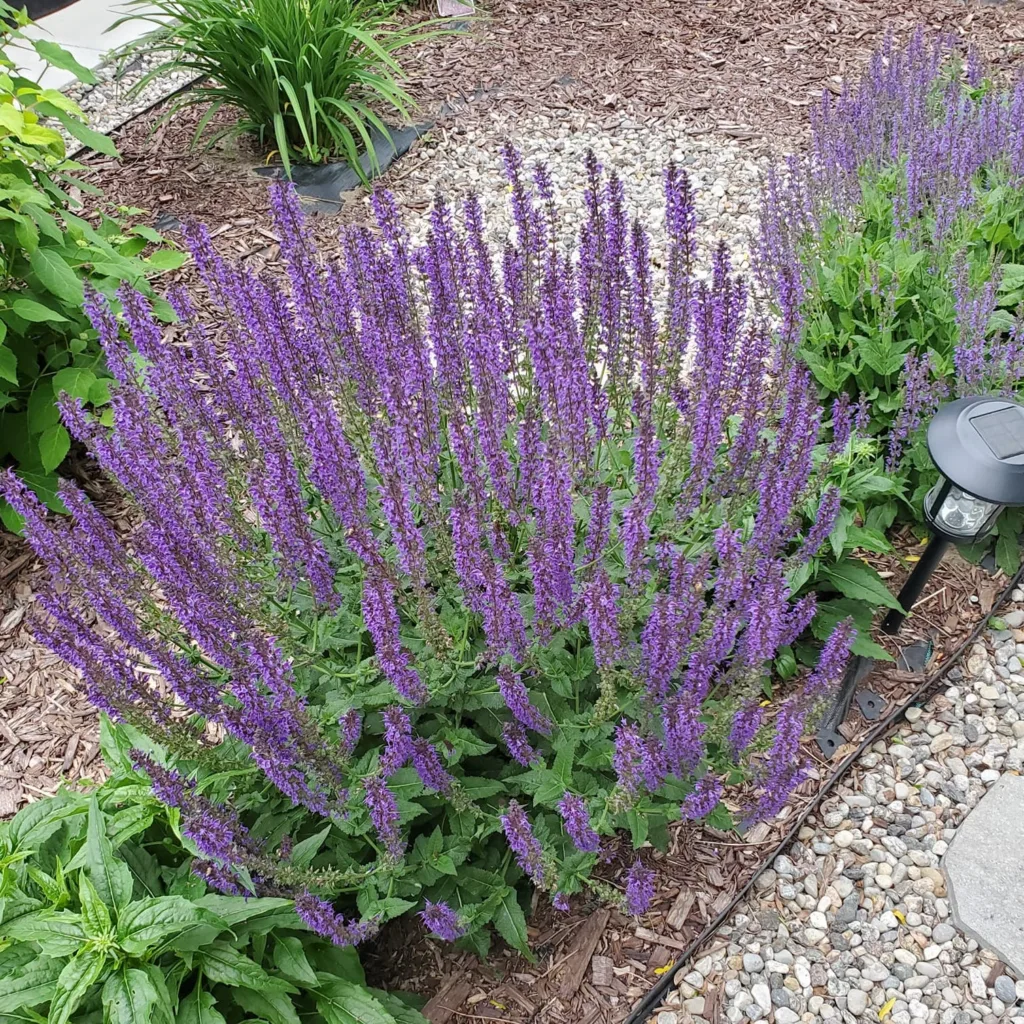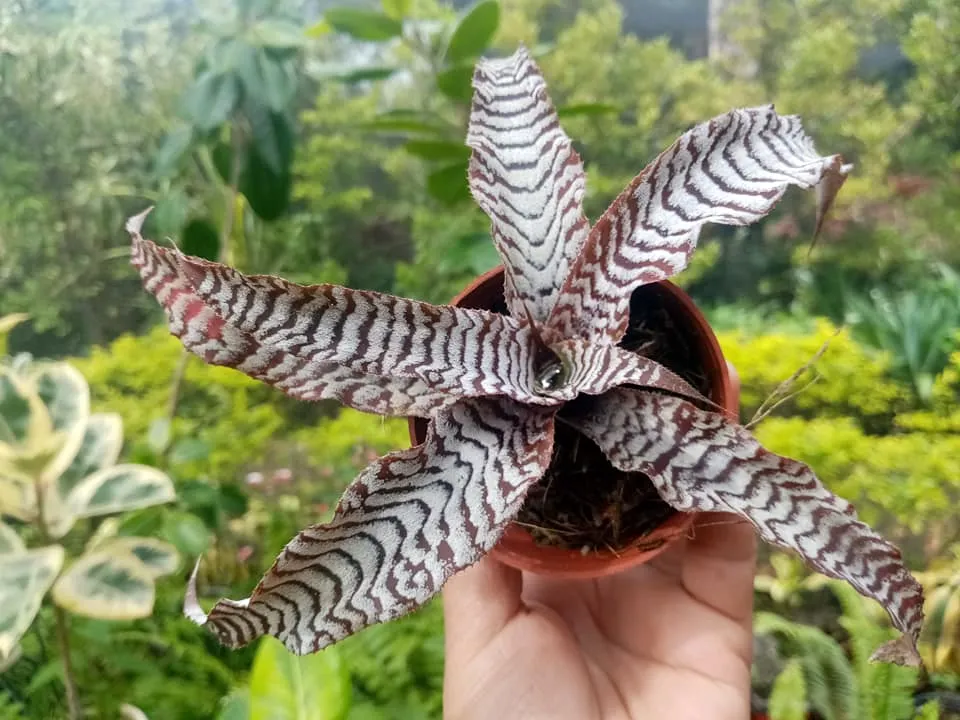FAQs About Lithospermum Officinale: A First-Person Guide
Lithospermum Officinale, commonly known as Gromwell, has always intrigued me. It’s a plant that doesn’t get much attention, but its unique qualities make it a fascinating choice for gardeners like me who enjoy experimenting with lesser-known species. From its medicinal uses to its low-maintenance nature, I’ve found a lot to appreciate about Lithospermum Officinale.
What is Lithospermum Officinale?
Lithospermum Officinale, or Common Gromwell, is a perennial herb in the Boraginaceae family. It’s native to Europe and parts of Asia and grows in the wild, often found in dry meadows or on sunny hillsides. The plant has small, tube-shaped yellowish-white flowers that bloom from June to August, followed by hard, white seeds that resemble tiny stones—hence the name “Gromwell,” derived from Old English for “gravel plant.” These seeds are incredibly durable and were once used for medicinal purposes.
Plant Family: 153 Genera in Boraginaceae
I’ve always admired its resilience. It can thrive in poor soil and withstand periods of drought, making it a great choice for low-maintenance gardeners or those looking to naturalize an area with wildflowers.
How to Care for Lithospermum Officinale?
One of the reasons I appreciate Lithospermum Officinale is because it doesn’t require much fuss to grow. Here’s what I’ve found to be the best way to care for this plant:
- Sunlight: It prefers full sun to partial shade. In my experience, planting it in a sunny spot encourages more robust growth.
- Soil: This plant thrives in well-drained soil. While it tolerates poor soil, I’ve noticed that mixing in a bit of compost helps improve flower production.
- Watering: Lithospermum Officinale is drought-tolerant, so I only water it when the soil feels dry to the touch. Overwatering can lead to root rot, which is something to avoid.
- Fertilizer: I rarely use fertilizer on my Lithospermum Officinale. It does just fine with minimal nutrients, which is great if you’re aiming for a low-maintenance garden.
How to Propagate Lithospermum Officinale?
Propagating Lithospermum Officinale is straightforward. I’ve had success with both seeds and cuttings:
- Seeds: The easiest way to propagate this plant is from seeds. After the flowers fade, they produce those hard, white seeds. I collect them and sow them in the fall directly in the garden. They need cold stratification, so allowing them to experience winter temperatures naturally helps with germination.
- Cuttings: In early summer, I take softwood cuttings and root them in a mix of sand and compost. With regular misting and partial shade, they usually root in about four weeks.
What to Plant With Lithospermum Officinale?
I like to pair Lithospermum Officinale with other drought-tolerant perennials. Its soft yellow flowers complement plants with brighter blooms. Here are a few combinations I’ve enjoyed:
- Lavender: The purple spikes of lavender contrast beautifully with the pale flowers of Lithospermum.
- Echinacea: The bold, upright flowers of Echinacea add a striking visual element to the mix.
- Sedum: If you want a ground cover, sedum works well alongside Lithospermum Officinale, especially in rock gardens or dry areas.
Is Lithospermum Officinale Toxic?
Yes, Lithospermum Officinale contains pyrrolizidine alkaloids, which are toxic if ingested in large quantities. While I’ve never had any issues with pets or wildlife being drawn to it, I always advise caution if you have curious pets or small children. Keep an eye on them when they’re around the plant, just to be safe.
Benefits of Lithospermum Officinale
Historically, Lithospermum Officinale was used for its medicinal properties. The hard seeds were ground into a powder and used as a remedy for kidney stones and other urinary problems. I’ve read that the plant was also believed to help reduce inflammation and treat skin issues. However, I prefer to grow it more for its ornamental value and its ability to thrive in areas where other plants struggle.
From a practical standpoint, Lithospermum Officinale’s drought tolerance and low-maintenance care make it an excellent choice for xeriscaping or naturalizing a dry meadow.
Common Problems with Lithospermum Officinale
While Lithospermum Officinale is relatively problem-free, there are a couple of issues I’ve encountered:
- Root Rot: As I mentioned earlier, overwatering can lead to root rot. Make sure the soil drains well, especially if you’re in an area that gets a lot of rain.
- Powdery Mildew: In humid conditions, powdery mildew can become a problem. I’ve found that good air circulation and avoiding overhead watering help prevent it.
How Does Lithospermum Officinale Compare to Similar Plants?
People sometimes confuse Lithospermum Officinale with Lithospermum Erythrorhizon (Purple Gromwell), which is used in traditional Asian medicine. While both belong to the same genus, Lithospermum Erythrorhizon has purple roots and is primarily grown for its medicinal and dye-producing properties. Lithospermum Officinale, on the other hand, is more ornamental in nature and produces white seeds.
Another plant I’ve seen it compared to is Borago Officinalis (Borage), which shares the same family (Boraginaceae). Both are hardy, herbaceous plants, but Borage has vibrant blue flowers and is more widely used in herbal remedies and culinary applications.
Conclusion
Lithospermum Officinale may not be the first plant people think of for their garden, but it offers a lot of benefits, especially for those of us who appreciate low-maintenance, resilient plants. Whether you’re interested in its historical uses, its aesthetic value, or its ability to thrive in tough conditions, this plant has something to offer every gardener. In my experience, it’s a reliable, beautiful addition to any garden, especially if you’re working with dry or poor soil.
If i die, water my plants!



